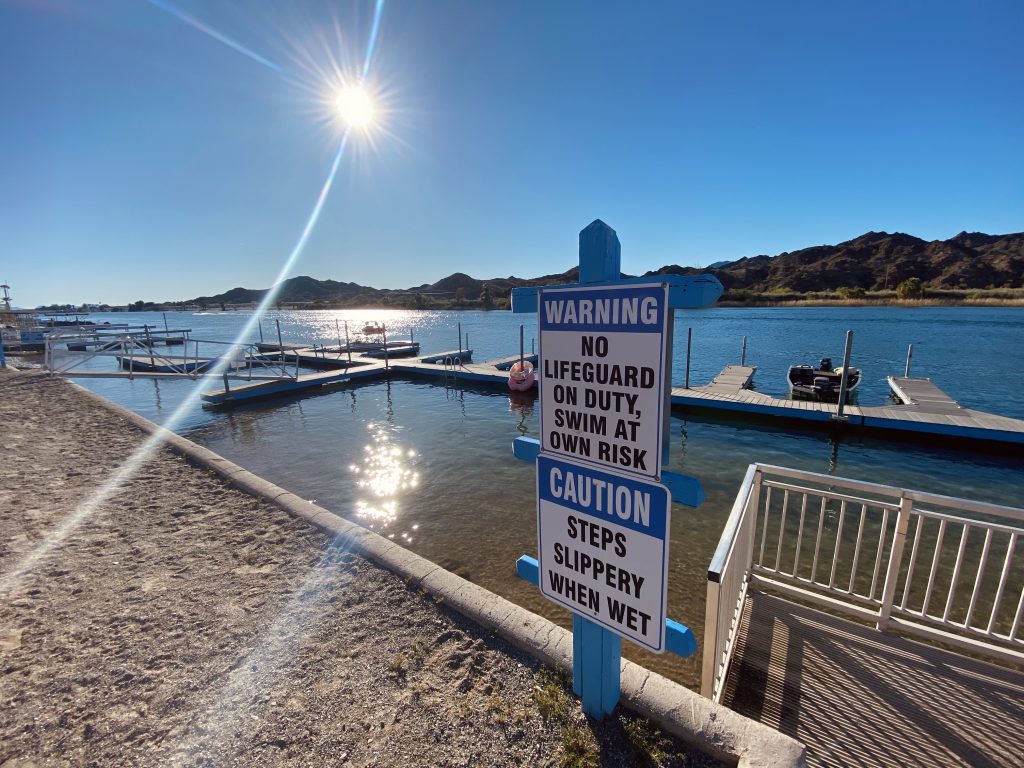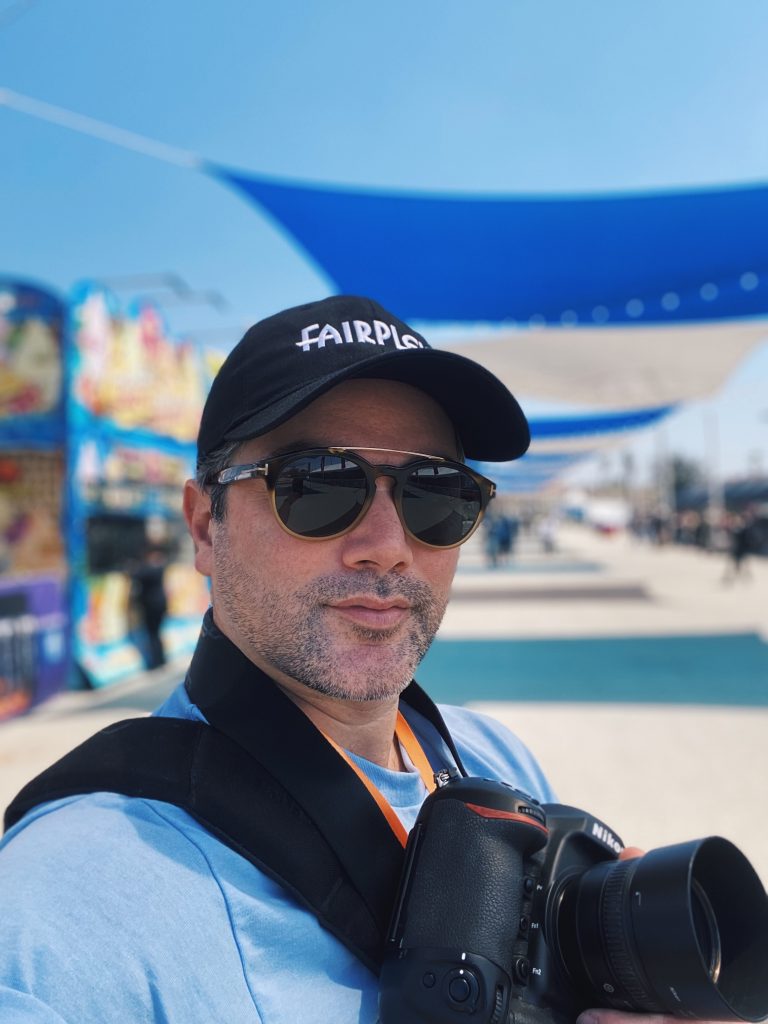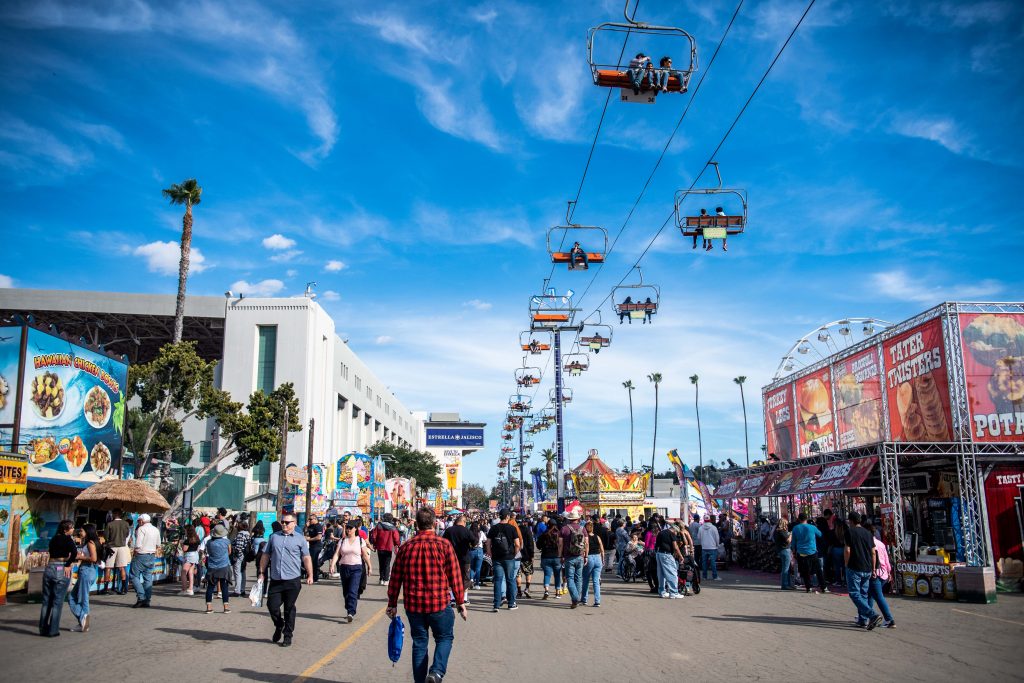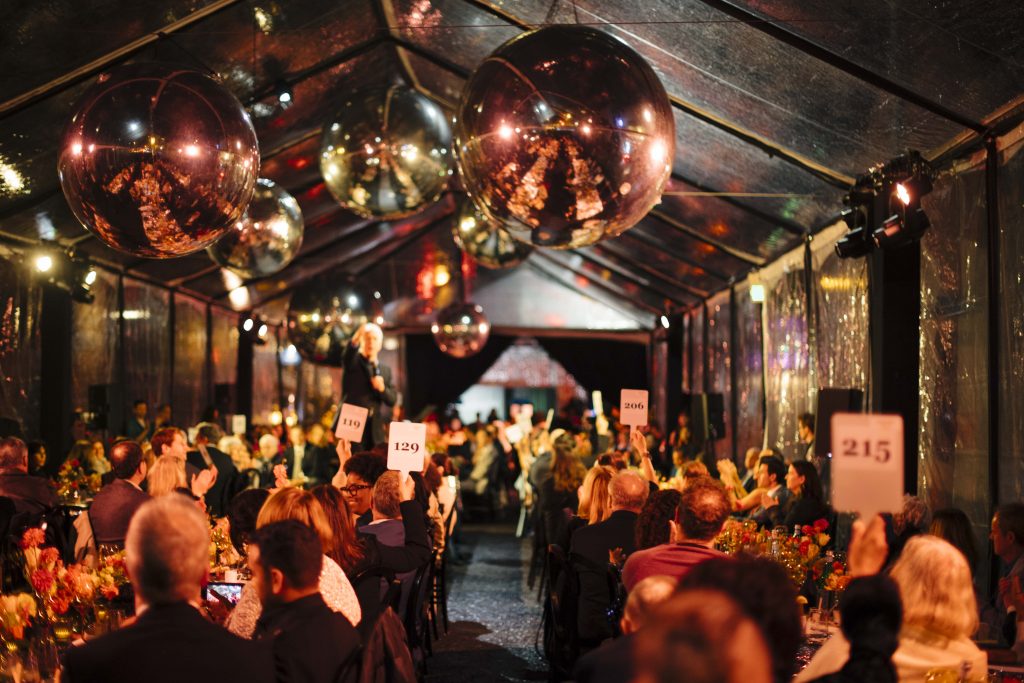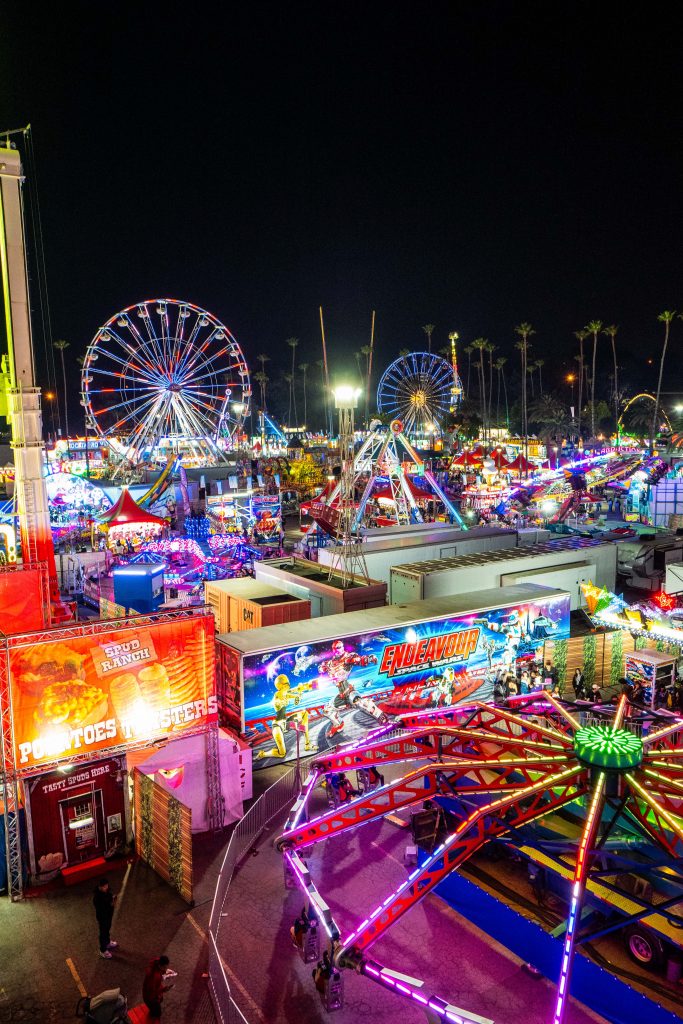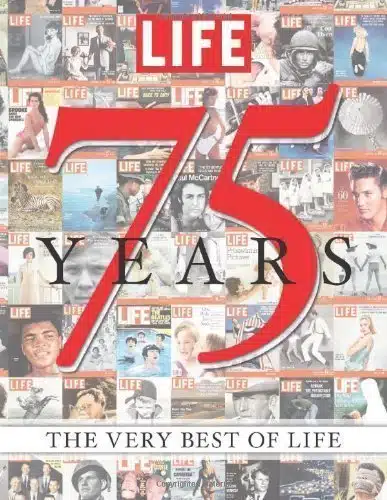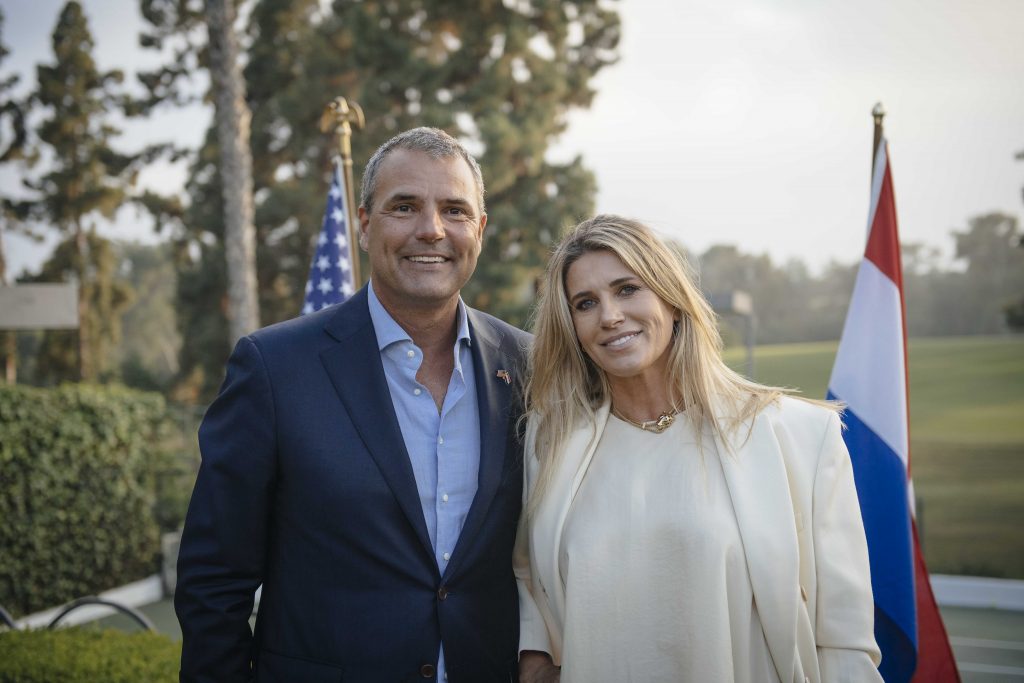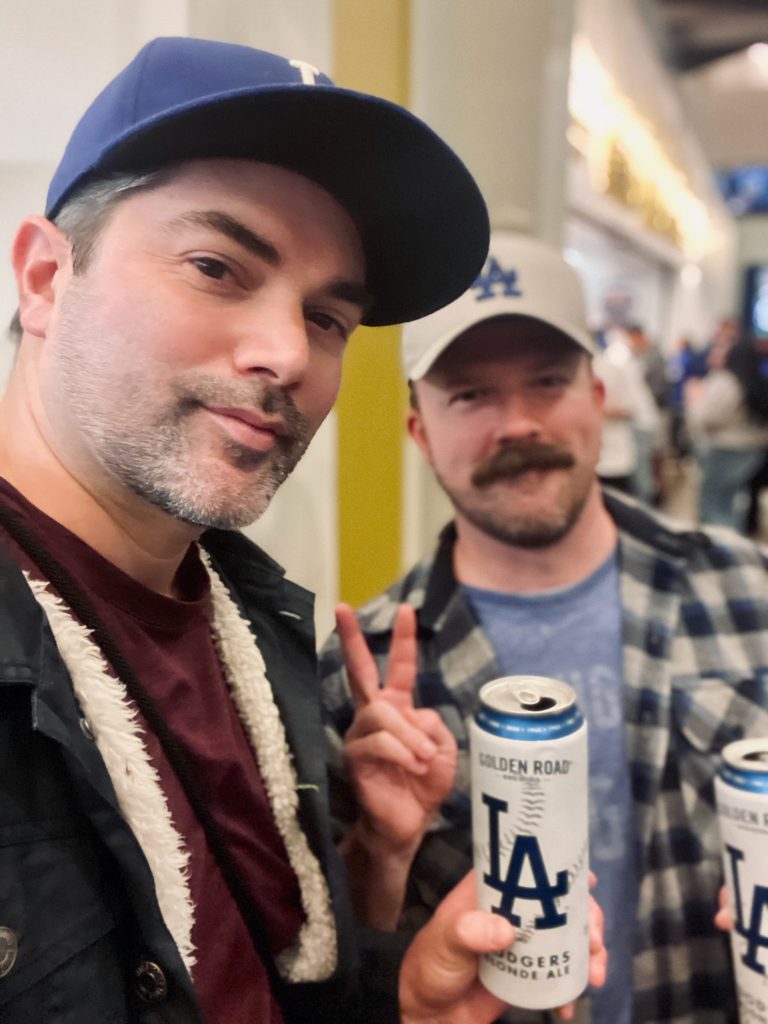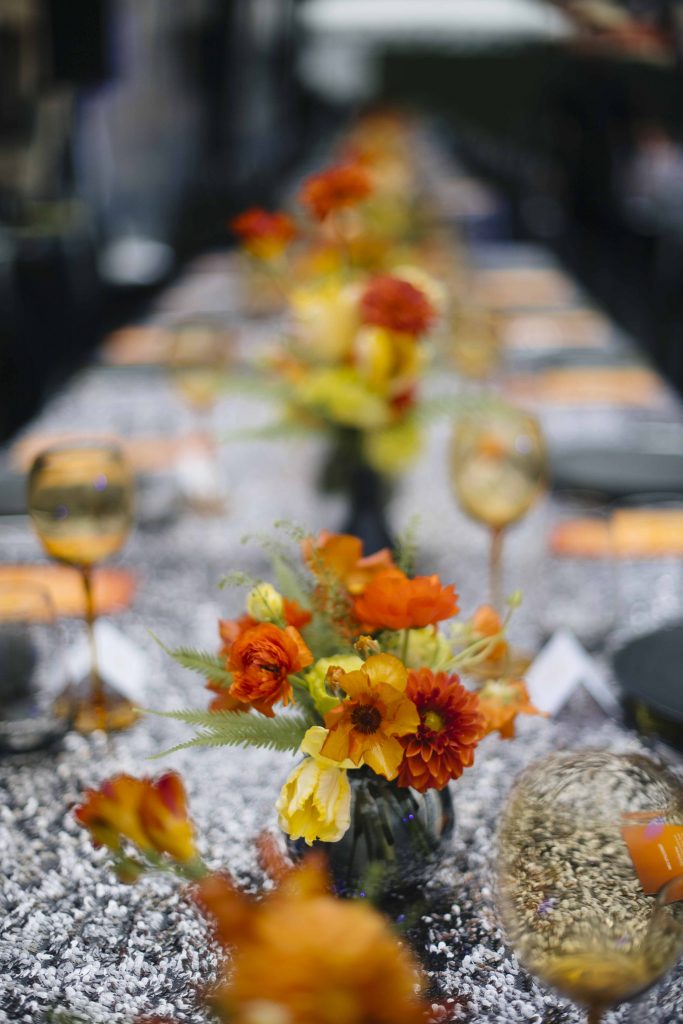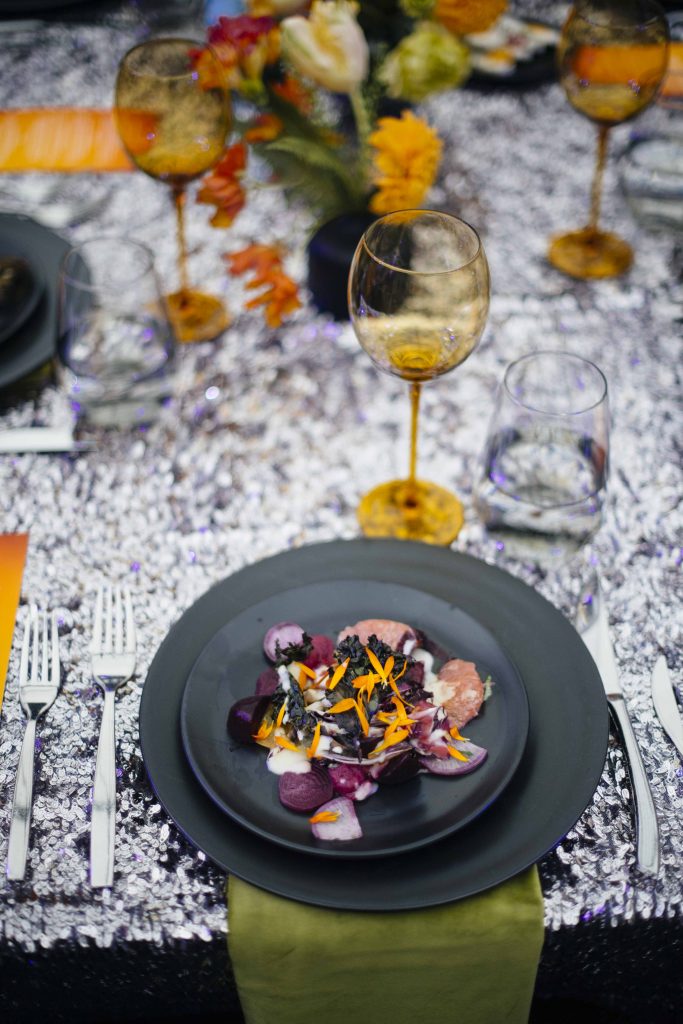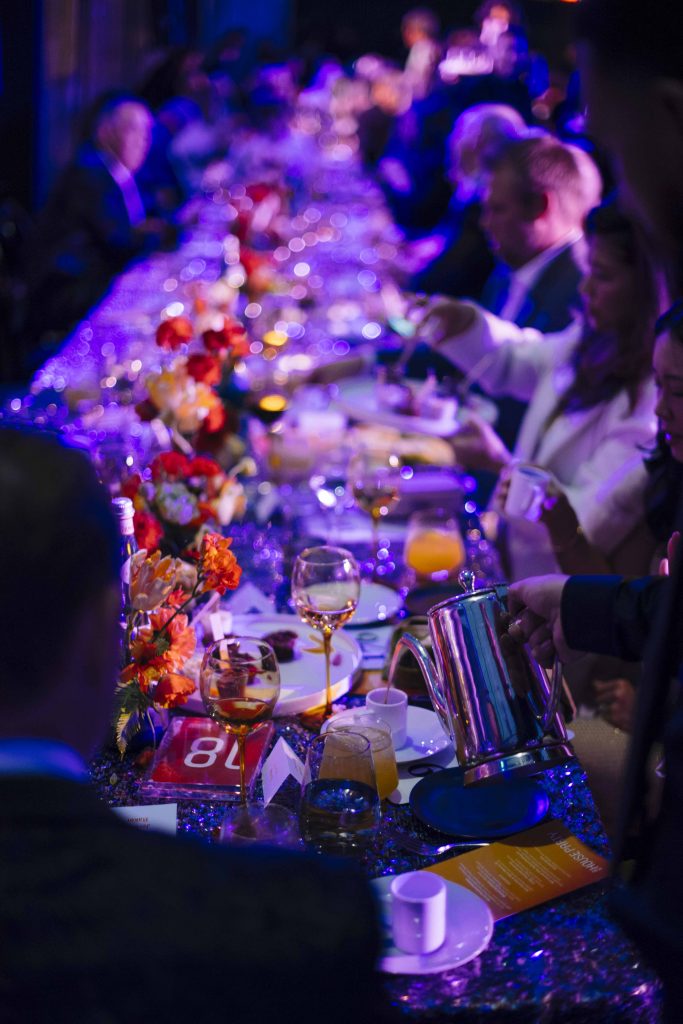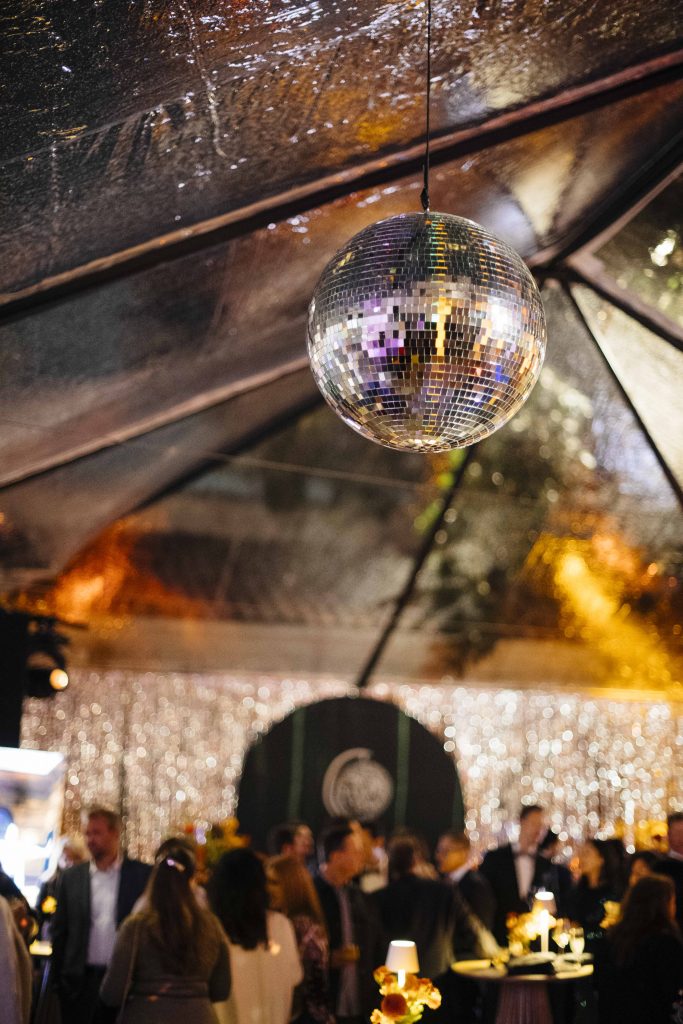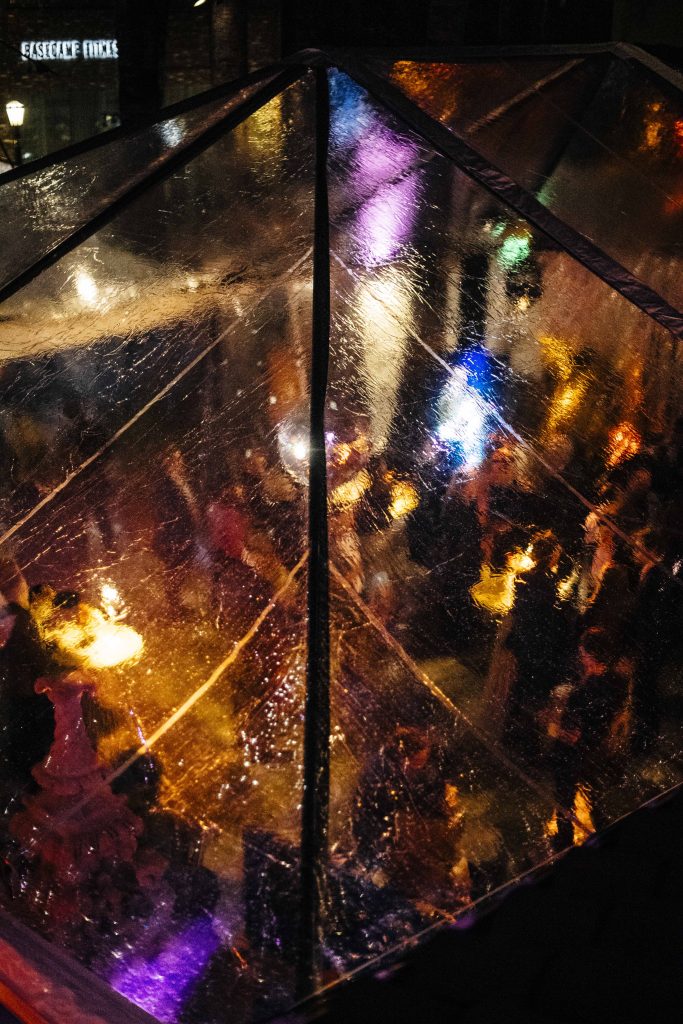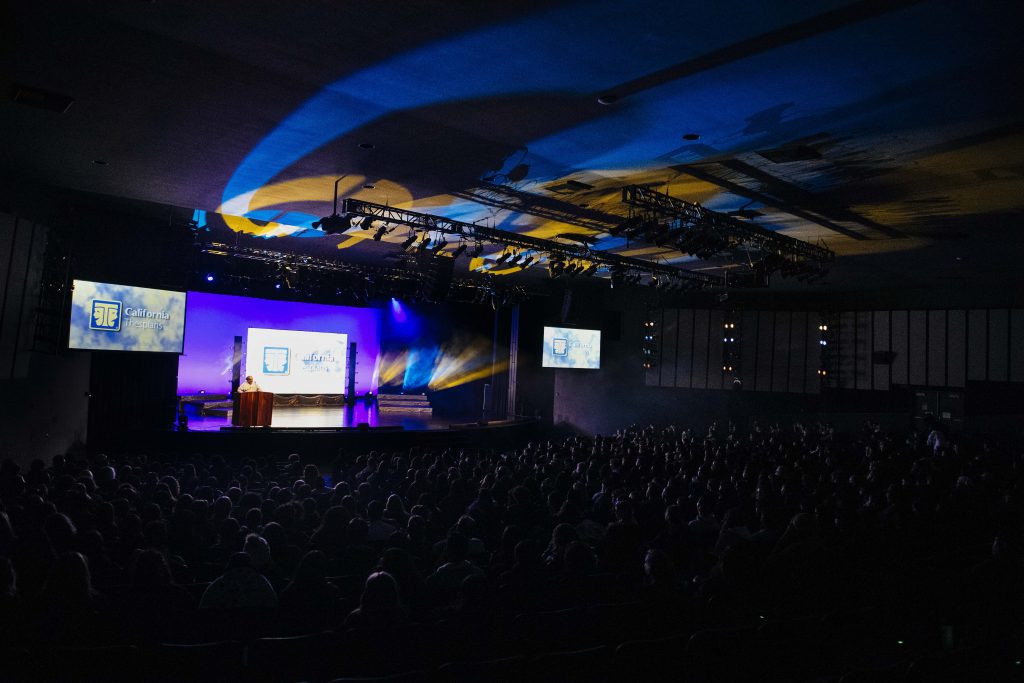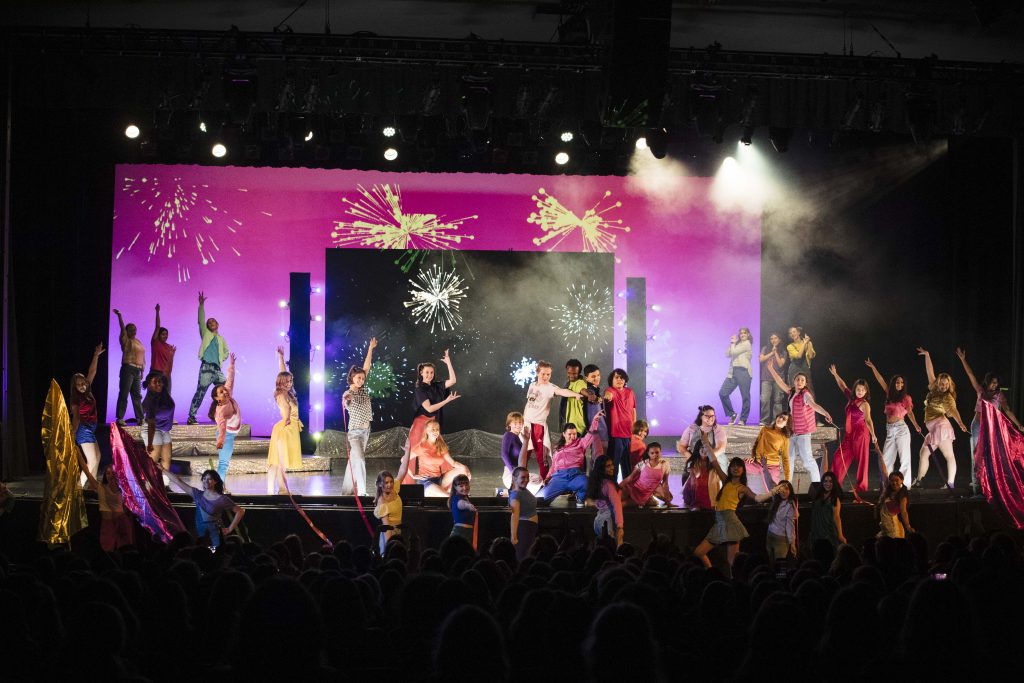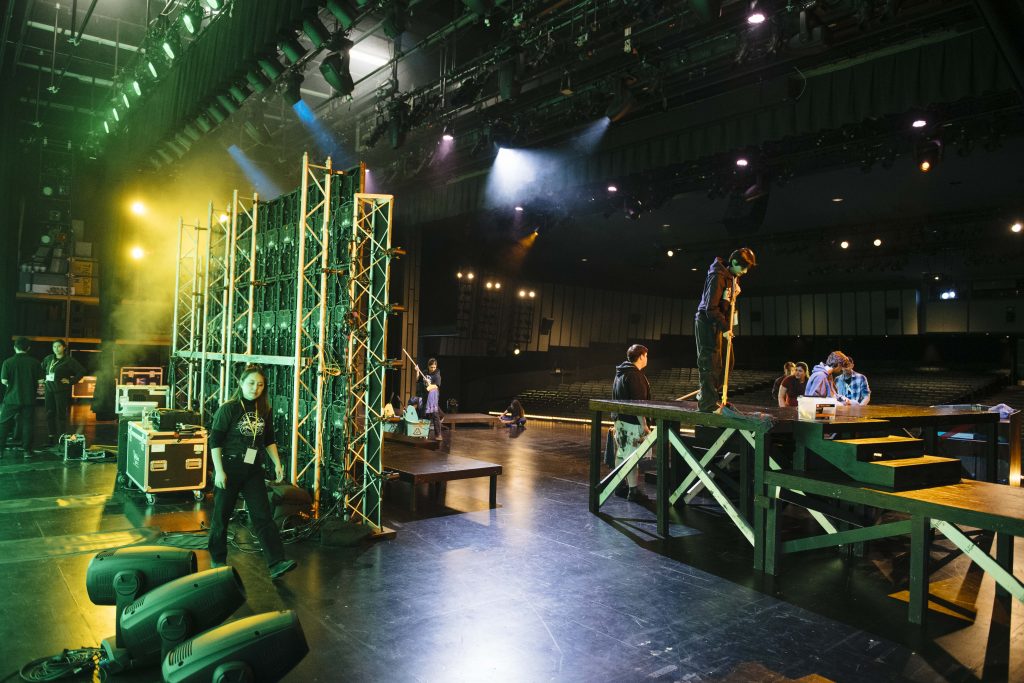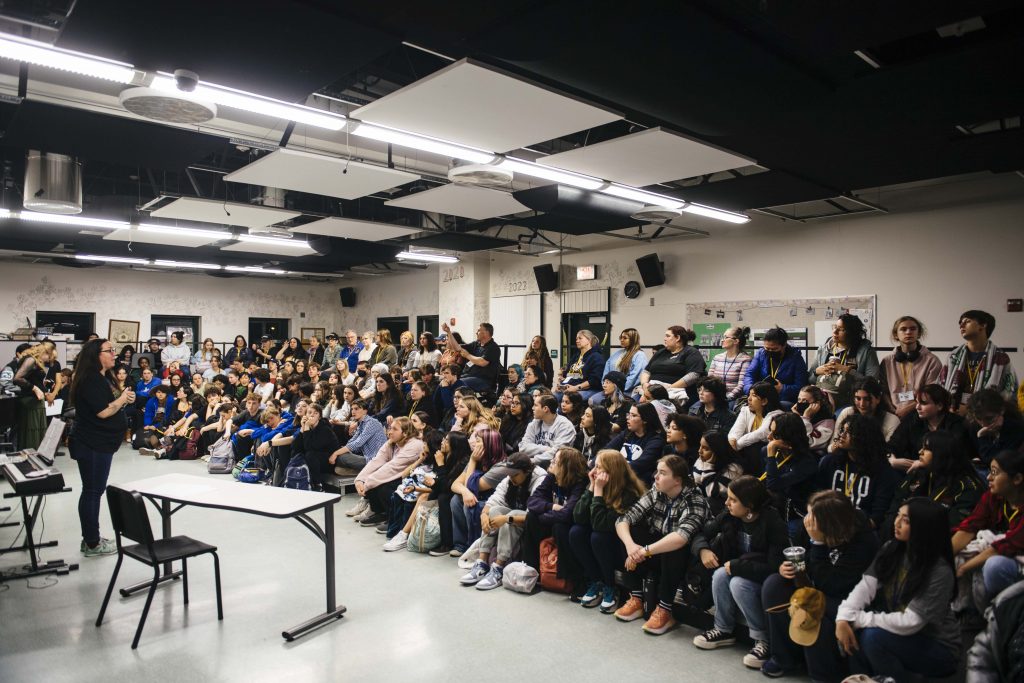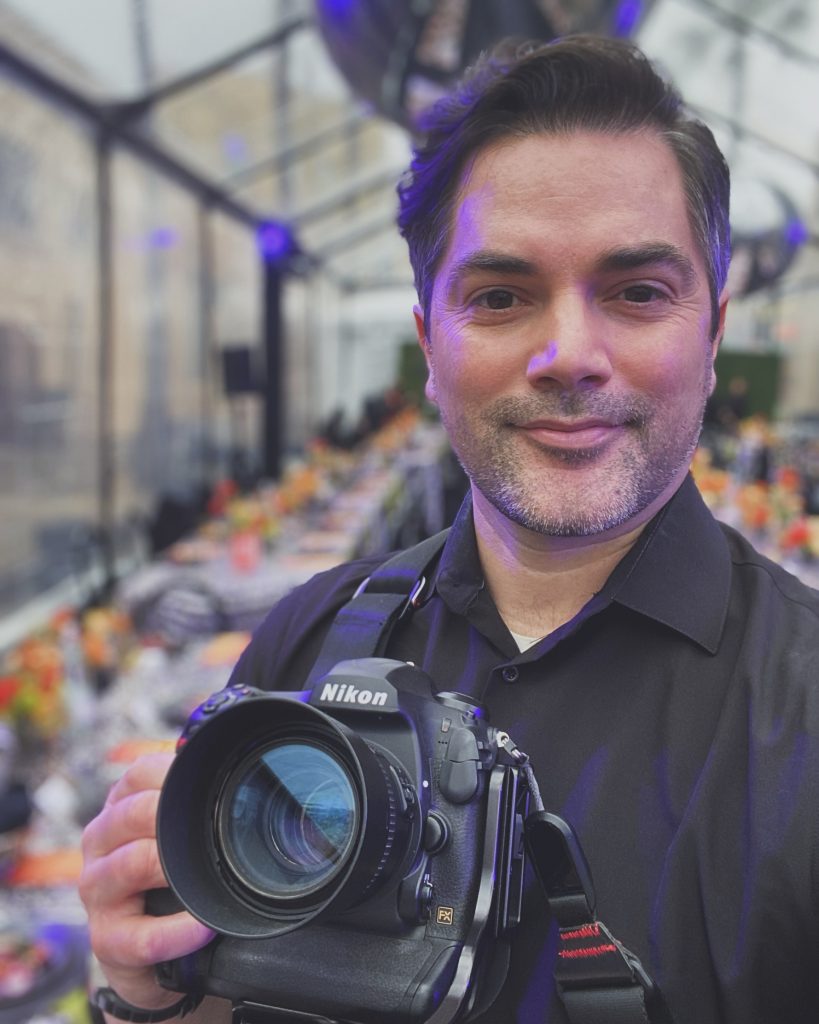I try to keep this as a space for my thoughts, my ongoings, my projects. A space away from social media algorithms. I try also not to just make this a running list of what I’ve been up to that week, although I’ll admit that is often what I’m on here about. October through December becomes a mixed bag of things. This is when work picks ups steam just in time for the holidays. I actually love the holidays. I love the hustle and the to-do of it all. I love how my small Los Angeles town goes a bit nuts over Halloween and goes all out with the decorations. I usually like to photograph that, so stay tuned…
A few weeks ago, I got called to do photograph an event at The Inn at Mattei’s Tavern in Los Olivos. It is a historical hotel just north of Santa Barbara, originally built in 1886. The event ended up being a mix of things, but mainly featured a concert performed by Kate Hudson and her band. I wasn’t aware that Kate Hudson could sing or write music, but as is usually the case with these gigs, I love being able to be a part of something interesting and new.

While fun, the shoot day ended up being rather long and exhausting. I slept poorly the night before and was awakened by an earthquake. I had to hit the road very early to make the two-and-a-half hour drive, which was actually pleasant. I worked with a video team to capture several aspects of the day while an October heat wave kept up relentlessly that day. Much of the day revolved around Kate and when she’d arrive for soundcheck and then her performance.
Having grown up around the TV and film industries, I’ve met famous people and have been able to work with a few. From my experience, you never know what to actually expect. Celebrities are regular people with a lot of pressure on them, so it can be a mixed bag. I had been told that Kate was actually great, easygoing, and really fun to work with. I kept an open mind. When she did arrive and perform later that night, the process was easy and fun. I was able to get some really nice shots…in fact, a few of these shots were featured in this Harpers Bazaar article the next day.



By the way, Kate Hudson happens to be quite a great singer/songwriter. Her band was fantastic. I particularly liked her song “Glorious.”

After a very long day in the heat, I had to scramble to get the above shots to her for approval. This wasn’t exactly ideal, since I like to take time for such things. But again, Kate was really awesome to work with and made the extra effort worth it. I’m not someone who makes it a point to fawn over celebrities, but when someone exudes actual star qualities it makes you feel uplifted, like you want to keep doing better work. I hope to have some of those qualities myself.






































